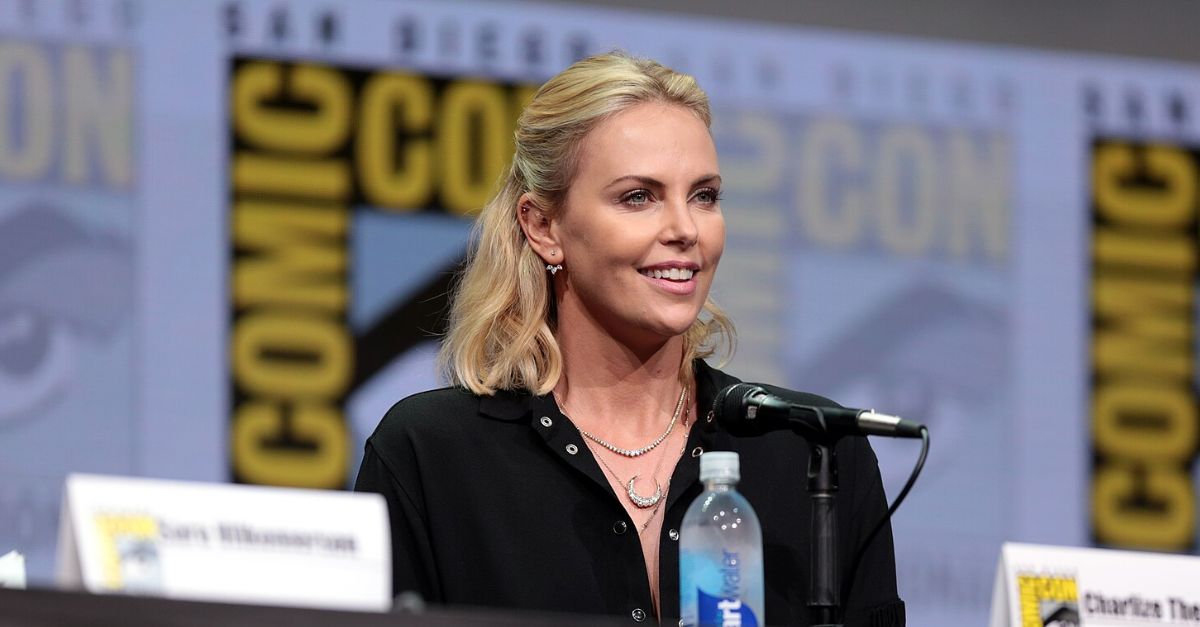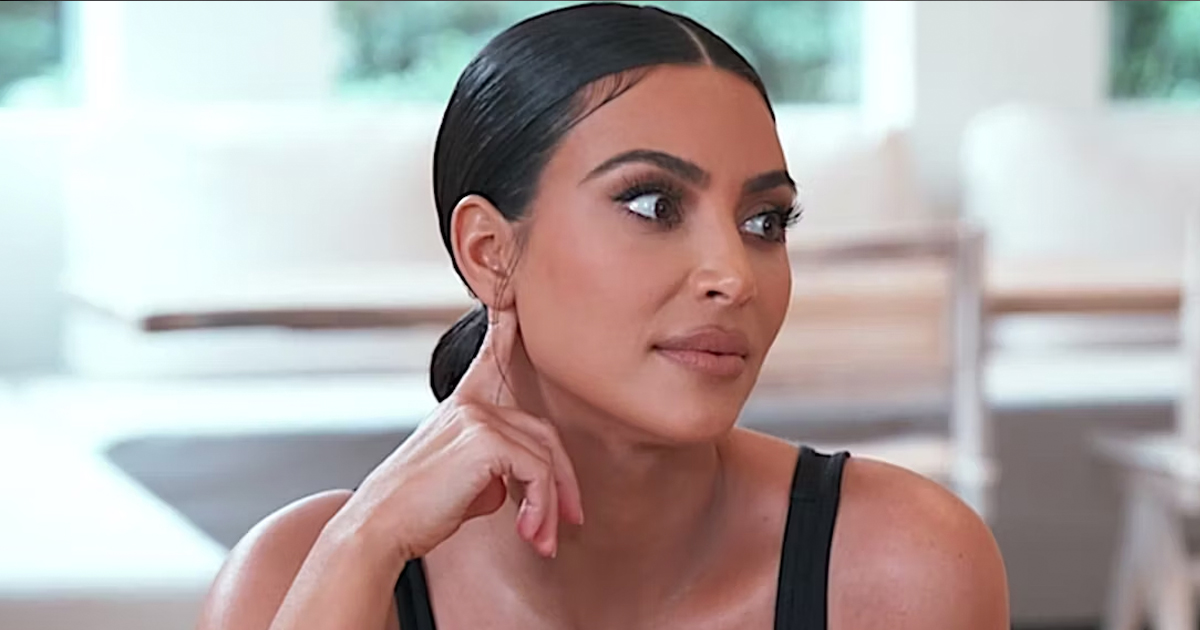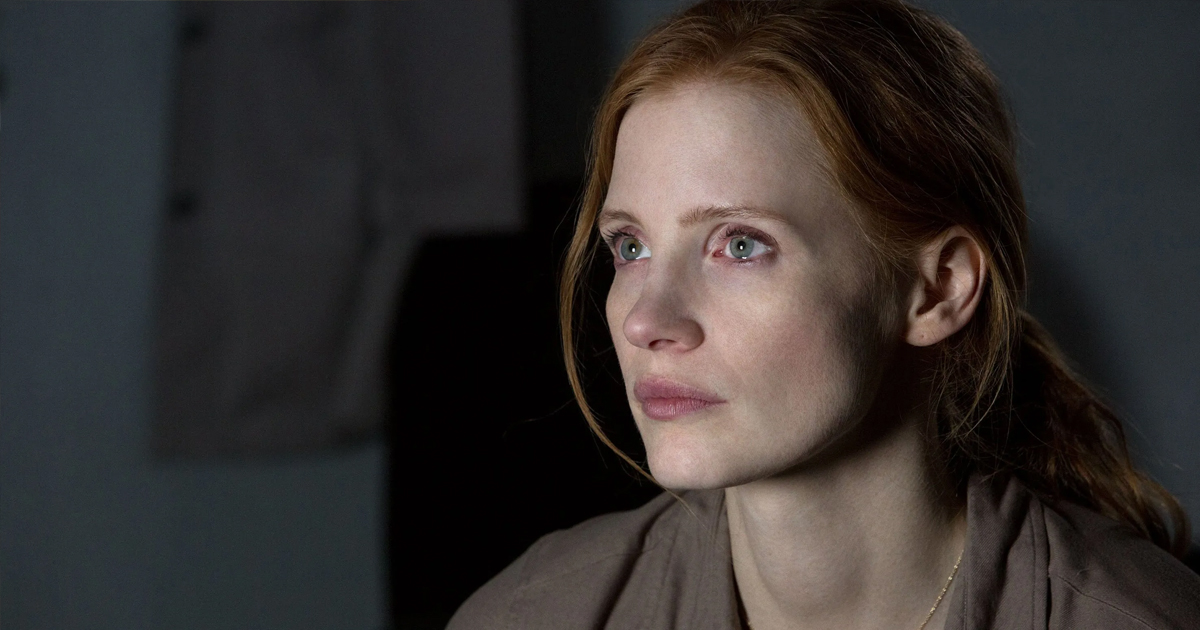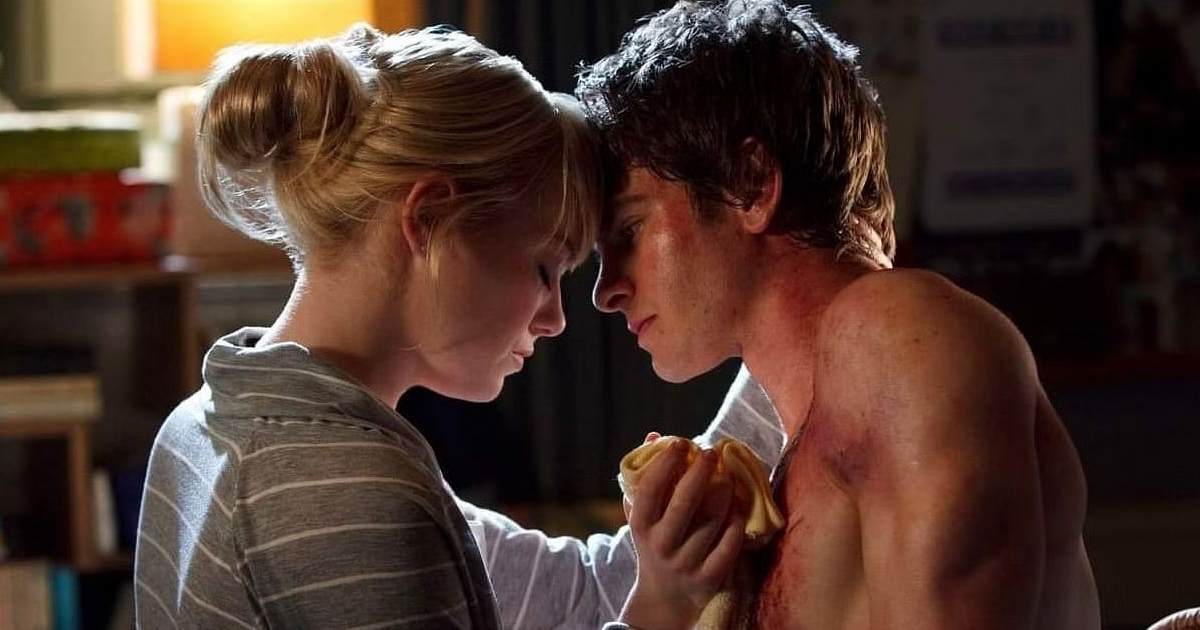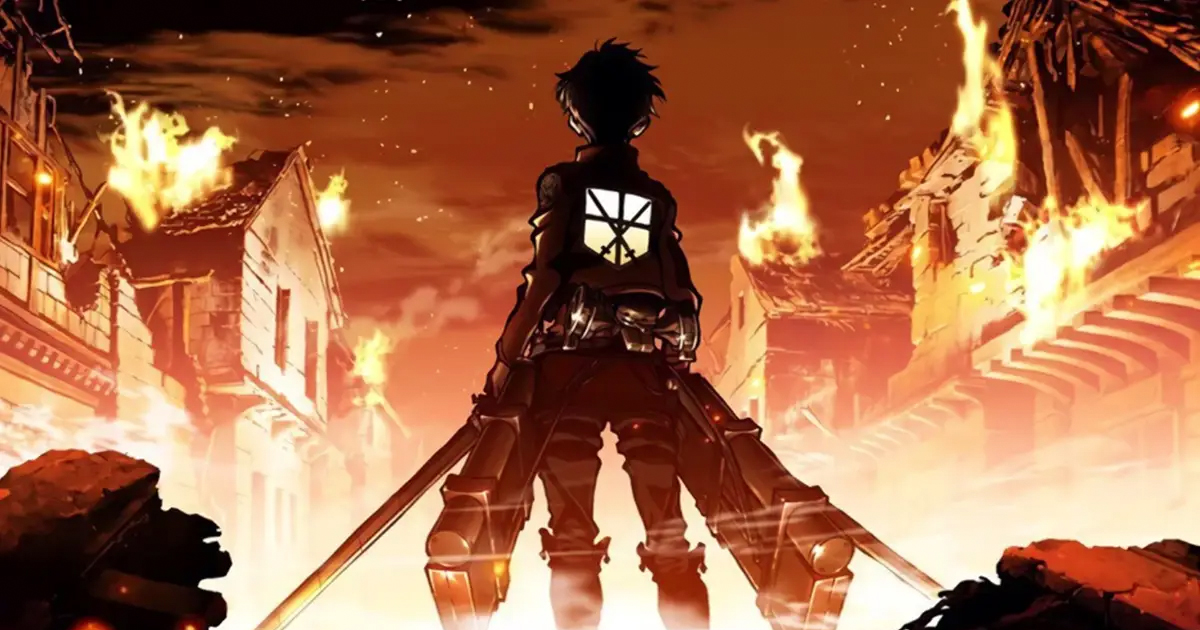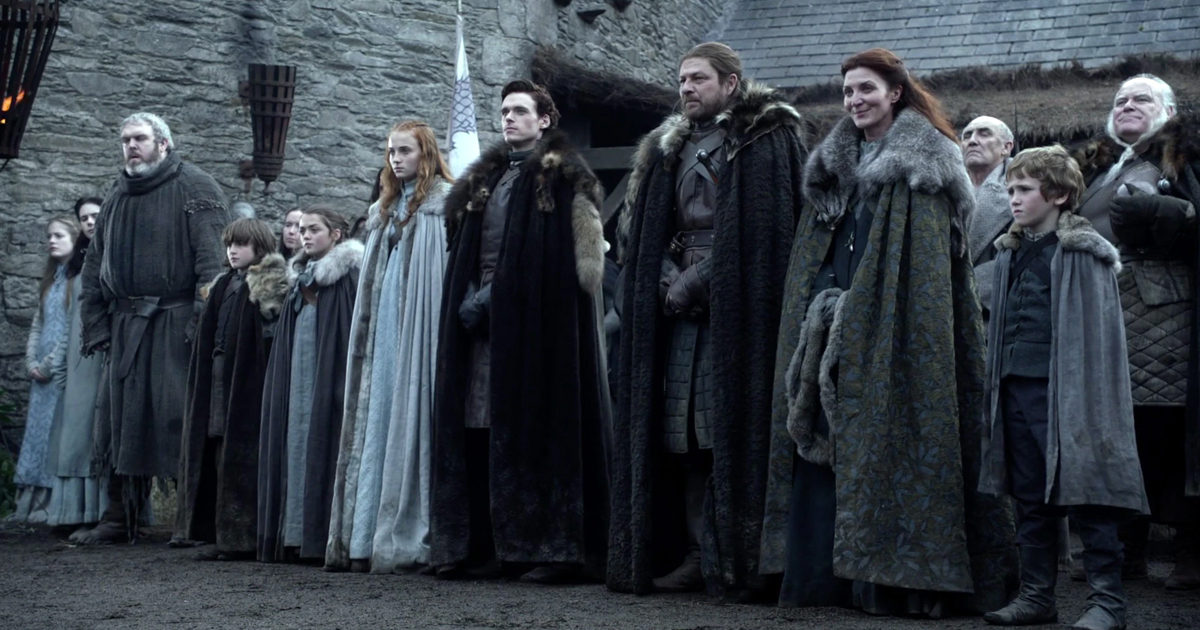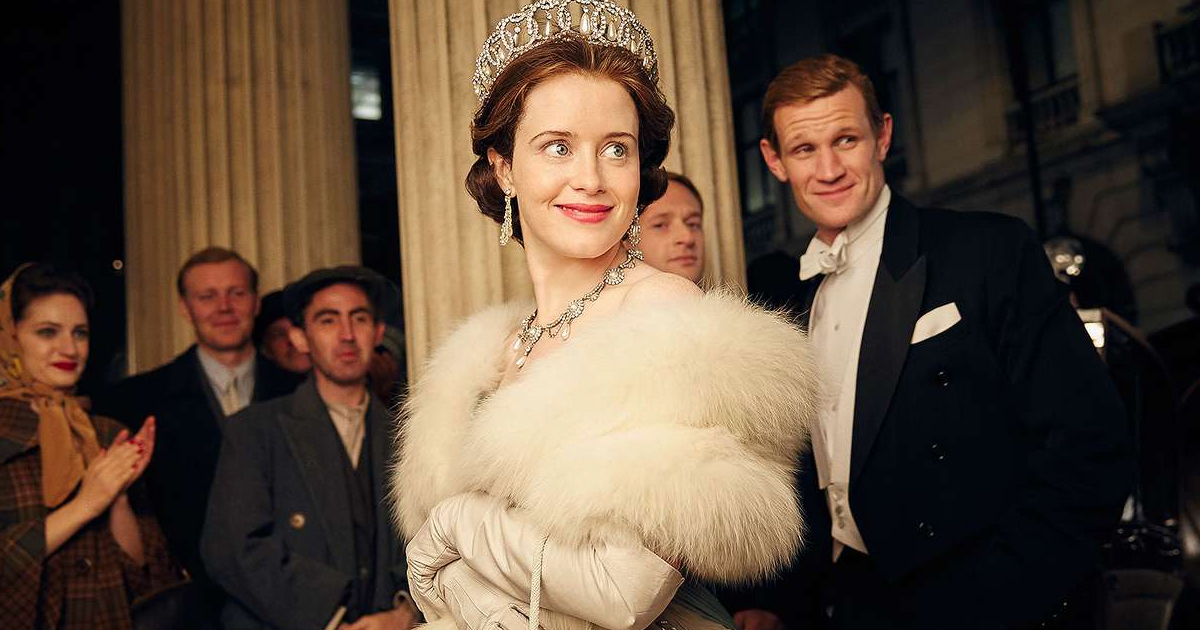When Outsiders Make The Rules
Some folks land in town, take one look around, and start rewriting the playbook. These 25 unapologetically changed the old Hollywood for the better.

Sessue Hayakawa
Let’s take you back to 1915 and meet Hollywood’s first Asian heartthrob: Sessue Hayakawa. With chiseled looks and commanding presence, he starred in The Cheat, making $5,000 a week when most actors pocketed peanuts. Audiences swooned, executives squirmed because he crushed stereotypes and cashed in.
 Wisconsin Center for Film and Theater Research, Wikimedia Commons
Wisconsin Center for Film and Theater Research, Wikimedia Commons
Max Steiner
Cue the violins—literally. Austrian-born Max Steiner wrote music that stitched emotion into film. Think of Gone with the Wind’s sweeping theme or Casablanca’s unforgettable mood. By scoring over 300 films, he made music a storytelling pillar in Hollywood. Max probably inspired every dramatic pause.
Gael Garcia Bernal
Gael Garcia Bernal combines wild charm with razor-edge intellect. In Y Tu Mama Tambien, he gave Mexican youth a global voice. Hollywood noticed and kept them on their toes with The Motorcycle Diaries and Mozart in the Jungle. He didn’t adapt to the system; he stretched it.
 Festival Ambulante, Wikimedia Commons
Festival Ambulante, Wikimedia Commons
Audrey Hepburn
Born in Belgium, she floated into Hollywood with Roman Holiday, nabbing an Oscar on her first try. Her charm was not just grace but grit, shaped by surviving WWII. Pearls, poise, and purpose made her more than style; she was soul in heels.
 Hmarskiy II, Wikimedia Commons
Hmarskiy II, Wikimedia Commons
Ennio Morricone
When those whistles and wails echo through The Good, the Bad, and the Ugly, thank Ennio Morricone. This guy came into the scene as a cinematic sculptor. More than 400 scores under his belt, his genius turned spaghetti Westerns into orchestral legends. You’ve heard him, maybe without knowing.
 Gonzalo Tello, Wikimedia Commons
Gonzalo Tello, Wikimedia Commons
Toshiro Mifune
When Toshiro Mifune acted as a samurai, he became one. Collaborating with Kurosawa in masterpieces like Seven Samurai and Yojimbo, Mifune’s ferocity reshaped masculinity on screen. Without Toshiro, there’d be no Clint Eastwood squint, no Tarantino homage, no samurai swagger.
 Unknown authorUnknown author, Wikimedia Commons
Unknown authorUnknown author, Wikimedia Commons
Salma Hayek
Salma Hayek bulldozed her way into Hollywood with fire in her eyes and Mexico in her bones. Her passion project, Frida, became an international statement. That Oscar nod screamed that Latina stories belonged center stage. Salma didn’t knock—she kicked doors open.
 Harald Krichel, Wikimedia Commons
Harald Krichel, Wikimedia Commons
Daniel Bruhl
This actor speaks five languages, and he acts in them. From a Nazi war hero in Inglourious Basterds to a Sokovian villain in Captain America: Civil War, Bruhl thrives in nuance. Hollywood loves his range; Europe claims his roots. You’ll never box this guy in.
Donnie Yen
If Donnie Yen steps on-screen, brace yourself. He choreographs bone-breaking ballet. Hollywood caught up in Rogue One and John Wick 4, but Yen’s legend was already forged in Ip Man. This guy performs with the elegance of a sniper and the power of a storm.
Dev Patel
Dev Patel doesn’t play it safe. Patel crashed into the spotlight with Slumdog Millionaire, but instead of riding cliches, he veered into complexity—Lion, The Green Knight, The Personal History of David Copperfield. His roles blur borders, flip tropes, and prove that charm can pack a punch.
 Ariela Ortiz Barrantes, Wikimedia Commons
Ariela Ortiz Barrantes, Wikimedia Commons
Daniel Dae Kim
Snagging a Tony nomination for his role in Yellow Face was career gold for Daniel Dae Kim, and it also made history. He’s carved his name into TV with Lost and Hawaii Five-0, but Broadway was another arena he stormed. Representation here is a movement he leads.
Pan Nalin
Pan Nalin spins cinematic silk from Indian soul and global vision. His film Last Film Show represented India at the Oscars, lacing small-town wonder with worldwide appeal. You can feel the texture of tradition and rebellion in every frame. This guy exports essence.
 Source Wide, Wikimedia Commons
Source Wide, Wikimedia Commons
Christoph Waltz
Enter Christoph Waltz, the man who made charming evil fashionable. When he played his role in Inglourious Basterds, it turned grins into threats and dialogue into daggers. Two Oscars later, he still delivers performances you dissect and shiver through. No cliche villain here.
 Manfred Werner (Tsui), Wikimedia Commons
Manfred Werner (Tsui), Wikimedia Commons
Gong Li
With spectacles like Raise the Red Lantern and Farewell My Concubine, Li mesmerized global audiences before Hollywood finally came knocking. Her performances radiate power, elegance, and political weight. When she steps on screen, subtitles fade, and you just watch, stunned, breath held.
 Georges Biard, Wikimedia Commons
Georges Biard, Wikimedia Commons
Rinko Kikuchi
When Rinko Kikuchi said barely a word in Babel, her acting was so good it earned an Oscar nod. How? Expression. She turned silence into dialogue, making vulnerability impossible to ignore. A Japanese actress breaking through that way in Hollywood is no accident—it’s a quiet, seismic revolution. Feel it.
Lupita Nyong’o
Lupita Nyong’o stepped into 12 Years a Slave and shattered the screen. Her raw portrayal won an Oscar, and it stunned audiences into silence. A debut like that doesn’t whisper potential, it screams legacy. Since then, she’s kept stretching the spotlight to fit deeper, bolder stories.
 Elena Ternovaja, Wikimedia Commons
Elena Ternovaja, Wikimedia Commons
Penelope Cruz
With Vicky Cristina Barcelona, Cruz brought Spain’s simmering intensity straight into Hollywood’s veins. It crackled with danger, depth, and that impossible-to-ignore accent when she performed. Cruz is a flamenco in human form, enriching every script with heat and unmistakable charisma.
 Sidewalks Entertainment, Wikimedia Commons
Sidewalks Entertainment, Wikimedia Commons
Choi Min-sik
Choi Min-sik absorbs all the roles he takes. The haunting performance in Oldboy sparked a global wave of Korean cinema obsession. The hallway hammer fight? Iconic. You don’t just watch Choi—you endure and walk away changed. Hollywood took note and hasn’t looked away since.
 May S. Young from Metro NYC, United States, Wikimedia Commons
May S. Young from Metro NYC, United States, Wikimedia Commons
Youssou N’Dour
This musician walked into Hollywood to build cultural bridges. Teaming up with Peter Gabriel on In Your Eyes, he infused Western airwaves with mbalax beats from Senegal. Every note he sings carries history. N’Dour proved pop could groove without losing its roots.
Yo-Yo Ma
From Bach to Mongolian throat singing with his Silk Road Ensemble, Yo-Yo Ma redefined “classical” for an interconnected world. Born in Paris to Chinese parents, raised in New York, he took over a global language; music that connects minds, heals hearts, and softens borders.
Ravi Shankar
Who knew you could strum a sitar and be able to hypnotize the West? Ask Ravi Shankar. When George Harrison called him his “musical father,” the whole world listened. Shankar’s performance at Woodstock cracked open ears that never knew ragas. His strings wove ancient India into modern music.
 Ravi Shankar 2009.jpg: Alexandra Ignatenko derivative work: Hekerui, Wikimedia Commons
Ravi Shankar 2009.jpg: Alexandra Ignatenko derivative work: Hekerui, Wikimedia Commons
Manu Dibango
With Soul Makossa, Manu Dibango laid a foundation. That infectious groove echoed into disco and hip-hop, sampled by legends from Michael Jackson to Rihanna. His saxophone wasn’t background noise—it was a shout, a cultural fuse that kept sparking.
 FestivaldeSully, Wikimedia Commons
FestivaldeSully, Wikimedia Commons
Peter Gabriel
After Genesis, Peter Gabriel birthed Real World Records, spotlighting voices from nations most charts ignored. With Sledgehammer, he crushed the boundaries of genre, and with WOMAD, he created a global stage. His career reads like a passport stamped in song.
 Skoll World Forum, Wikimedia Commons
Skoll World Forum, Wikimedia Commons
Andrea Bocelli
Andrea Bocelli’s voice commands attention. Blind since 12, he carved a path through opera’s marble halls and brought it into everyday playlists. Time to Say Goodbye topped charts in over 10 countries. Bocelli’s not just operatic royalty—he’s a bridge between worlds.
 Jakub Janecki, Wikimedia Commons
Jakub Janecki, Wikimedia Commons
Charlize Theron
From Monster’s chilling transformation to Mad Max: Fury Road’s battle-painted fury, Charlize Theron has rewritten the action heroine playbook. Hailing from Benoni, South Africa, she arrived in Hollywood and detonated onto its main stage with zero apologies.
 Gage Skidmore from Peoria, AZ, United States of America, Wikimedia Commons
Gage Skidmore from Peoria, AZ, United States of America, Wikimedia Commons

